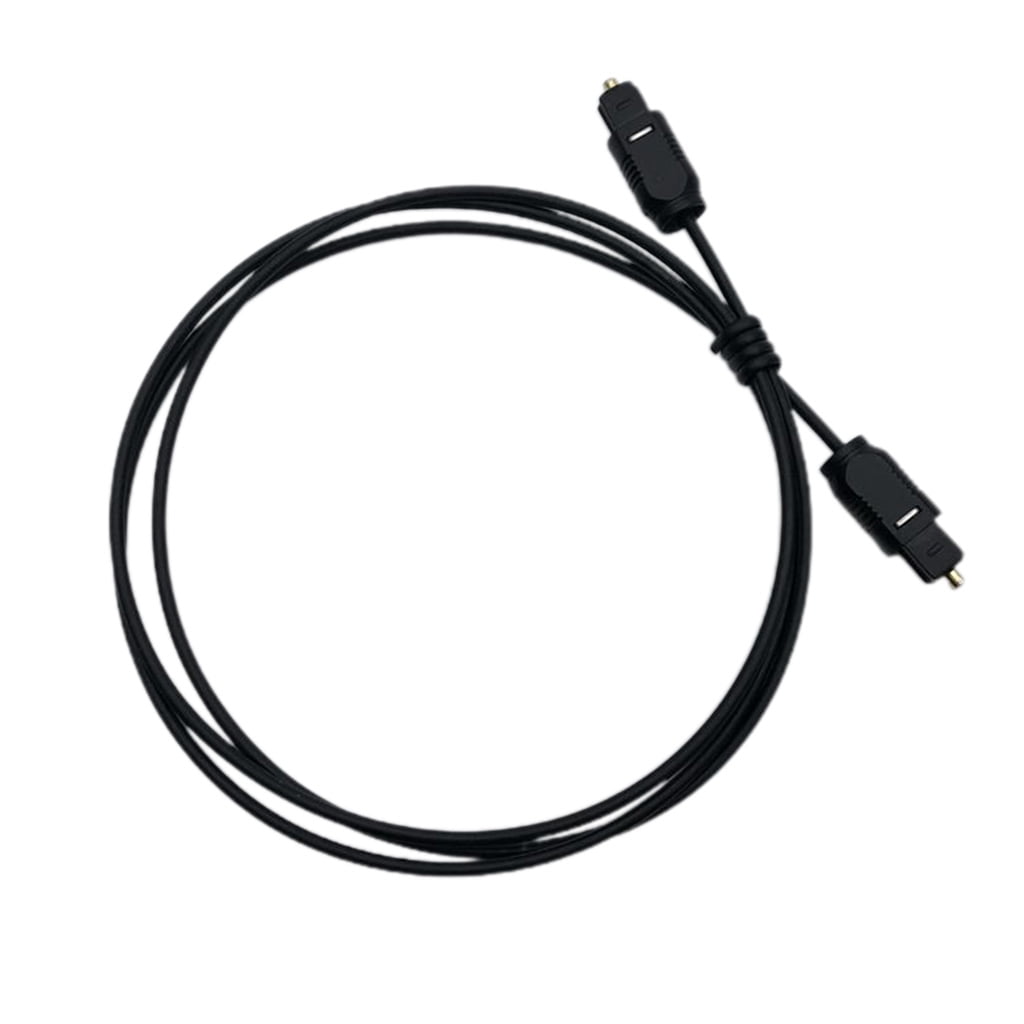


So, when you use bitstream for a player that supports this transmission, you can take advantage of both wired and wireless connections. Since the files that your player transmits remain compressed, bandwidth won’t be much of an issue. Some of the most common surround sound codecs that take advantage of bitstream include Dolby Digital, Dolby Digital EX, Dolby Digital Plus, Dolby TrueHD, Dolby Atmos, DTS, DTS-ES, DTS 96/24, DTS HD Master Audio, and DTS:X. Higher-end receivers may include a post-processing feature that converts the signal from digital to analog, making it possible to amplify the audio for better output. The processor will then decode the file based on the instructions that are in the signal. We use this method to produce surround sound formats from the player to the AVR, AV preamplifier, processor, or power amplifier combination.Ī receiver set to bitstream will activate the AV processor to detect any encoded surround sound format that it receives from the player. Your AVR will then decode the data for uncompressed output. When you set a device to bitstream transmission, the player will transmit compressed audio files to the receiver. It’s the technology that PCM and other hi-res audio transmission used as a framework, but it doesn’t make this technology outdated.Īlthough you have fewer options when using bitstream for audio transmission, the sound output barely differs from PCM, and may, in fact, even provide you with more frequencies. The Basics of Bitstreamīitstream is a binary sequence-or what we often hear as 1’s and 0’s-that we use when converting audio input into digital bits. It works well with analog and digital input, making it the most popular option for transmitting audio signals. We often use this type of connection for CD players, so most AVRs are compatible with PCM. It’ll only work on delivering these to your speakers for output. Your player will then send these decoded audio files, uncompressed, to all the receivers connected to your home theater system.Īs a result, your AVR doesn’t have to do anything with the audio file once it receives the input. It means that your player will decode all the audio files, including Dolby, Dolby TrueHD, DTS, and DTS HD Master Audio.

When configuring your sound system to a Blu-ray player, you’ll have the option to set the audio output to PCM. Almost every device that converts digital to an analog audio output, and vice-versa, uses this technology to deliver audio files. Since PCM has been around since the beginning of the 1900s, it has become the industry standard for audio streams.
ANY HIGH RES AUDIO PLAYERS THAT USE FIBER OPTIC CODE
This method remains true whether you’re using a regular PCM where the quantization levels are a result of amplitude or an LPCM (Linear Pulse Code Modulation) where the quantization levels are linear. When using PCM for audio, the device that you’re using will decode the file before sending it to the receiver. When a device receives an input, it decodes the data then forwards it to your receiver. Since PCM is an algorithm, it won’t matter whether you’re sending compressed or uncompressed audio files. This technology has been around for more than 100 years and remains the standard for transmitting audio streams. PCM refers to an algorithm that devices use to represent analog waves. So let’s discuss everything in great detail and settle the bitstream vs. There’s more to it than just receiving and decoding audio streams, though. Some connections make better use of PCM than bitstream, while newer AVRs (Audio/Video Receivers) can take advantage of bitstream’s decoding process. Compatibility with devices and supported frequencies are bigger factors to consider than sound and transmission when choosing between PCM and bitstream. It’s important to know which of these two is better because getting the right configuration for audio helps in getting more from your sound system.īitstream and PCM are capable of producing the same audio quality, and the only difference is how your setup decodes the compressed file.
/coaxial-vs-optical-digital-cable-3134605-732398a4ffcc4d6eba30e6738d7eaf2b.png)
PCM (Pulse Code Modulation) and bitstream are two industry standards of sending audio from the player or transmitter to the receiver or speaker.


 0 kommentar(er)
0 kommentar(er)
